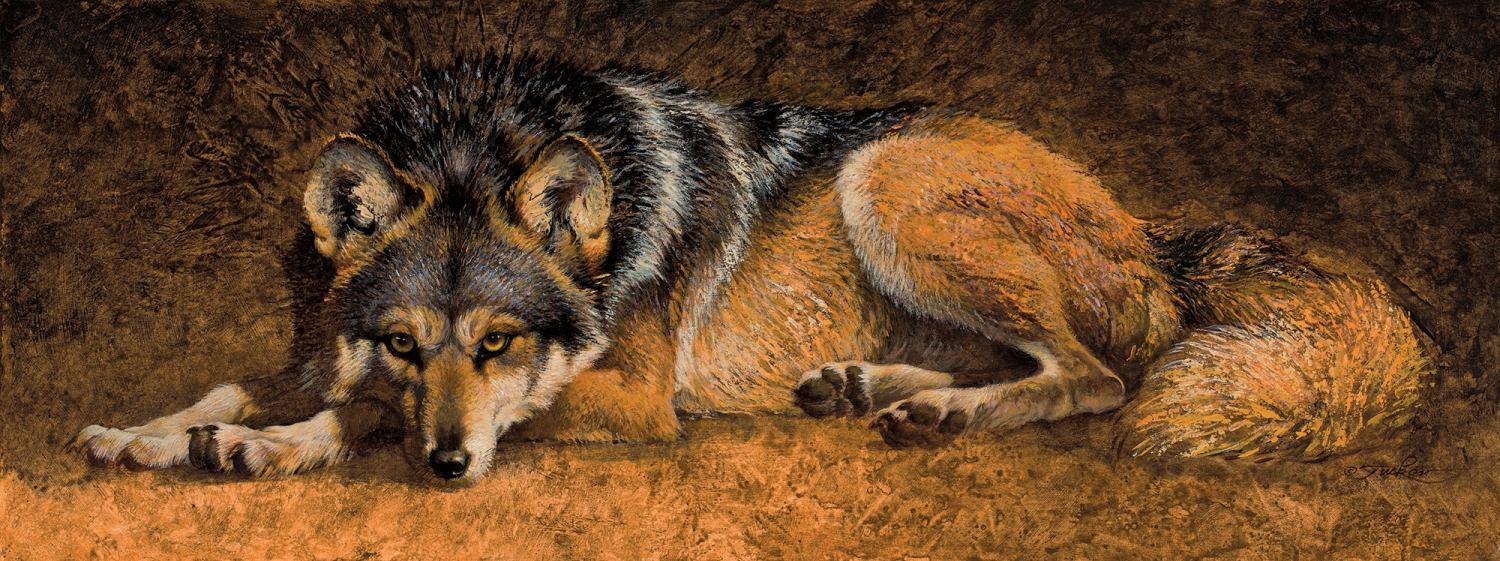
18 Dec BREATHING LIFE INTO CANVAS
WHEN EZRA TUCKER WAS A SMALL BOY in Memphis, Tennessee, he became obsessed with zoologist Marlin Perkins and “Mutual of Omaha’s Wild Kingdom.” Thanks to that television show, Tucker began to haunt the local library, searching for images of various animals in motion. His parents were subsistence farmers who moved to the city, so they weren’t particularly encouraging when Tucker began to show an interest in art. His father thought he would be better served to find something more stable to support himself, telling him, “The only artists I ever hear about are starving artists.” But Tucker’s passion was fired, and he began drawing and painting whenever he could.
Tucker attended the Memphis Art Academy and completed a bachelor’s degree of fine arts in advertising and design. And it seemed he had landed the ideal job for someone whose passion was wildlife painting when he was hired by Hallmark Cards. “But when I interviewed for that job, they told me I would get a chance to do wildlife portraits; it turned out that you have to work your way up to that privilege. When I found out it would take 10 or 15 years, I started to look for other opportunities, and I ended up doing a lot of freelance work for magazines — Outdoor Life, Boys’ Life …”
Finally, after five years, Tucker decided he’d had enough of painting flowers for Hallmark and he made the big move to California in 1983. He had met his wife at Hallmark, where she also worked as an artist, and they packed up and moved to the Los Angeles area. Because of his freelance work, he had established a solid enough reputation that it didn’t take long to find an agent in Los Angeles who set him up with work drawing illustrations for advertising and film. The work suited his approach to art perfectly.
“I tried painting out in the open a few times, but that was never the right approach for me. I prefer to work in a studio. So I still collect photographs of wildlife, or I go to zoos and take photos of my own,” he says.
Tucker’s reputation has grown steadily over the years, so that he was eventually able to leave the city and move to a place where he’s closer to the wildlife itself. “We moved to Monument, Colorado, in 1999, where we’re at 8,000 feet — just south of Denver. And we love it here.”
Tucker still does a lot of work for commercial clients, but he also has time for private commissions as well.
“Tucker is an artist who really captures the soul of his subjects,” says Maryvonne Leshe of Trailside Gallery in Jackson Hole, Wyoming, which represents the artist. “I went to the Southeast Wildlife Exhibition about three years ago, and of course they have hundreds of artists at this event, and Ezra was the only artist I chose to contact to represent. I’ve been at this gallery for 40 years, and wildlife art is my passion, but I saw something in his work that just drew me to it.”
Leshe mentioned a couple of aspects of Tucker’s work that make it distinctive and that also create challenges for the artist, obstacles that a lesser artist might not overcome. “He never has a background, so you are completely focused on the animal, which means that if he had any weaknesses as an artist, it would show in the work. That kind of detail requires that the artist also be an excellent sketch artist, or the flaws would certainly show,” she explains. “Tucker also has an interesting approach in that he sometimes leaves one little part of each piece unfinished. Sometimes it’s one of the legs, or the tail, so it looks as if the animal is emerging … it gives the painting life.”
One example of this is a painting simply titled A Little Annoyed. The piece is of a fox reclining, with nothing behind it but a conglomeration of colors, suggesting the outdoors. The animal looks ready to move, with an alert expression. Unlike the marble eyes of a stuffed animal, this one feels very much alive.
Tucker also brings humor to his work, as with a piece called Sushi, which depicts two cranes fighting over a small fish.
In his own words: “I represent the beauty and majesty of the animal world in a dynamic form to help influence the preservation of our planet’s varied species.”
Tucker’s work has been featured in galleries across the country, including the Kennedy Center in Washington, D.C. and the Texas Rangers Historical Museum in Austin, Texas. In addition, he has won numerous awards and two of his paintings are in the permanent collection of the Booth Western Art Museum. A limited-edition book of his work, A Moment in Time, is also available.
- “Sushi” | Acrylic on Board | 40 x 30 inches
- “A Little Annoyed” (detail) | Acrylic on Board | 15 x 40 inches
- “Desert Royalty” | Acrylic on Board | 40 x 30 inches
- “Under the Bridge” (detail) | Acrylic on Board | 40 x 30 inches
- “Nomads of the Plains” | Acrylic on Board | 40 x 30 inches
- “Mexican Grey” (detail) | Acrylic on Board | 15 x 40 inches






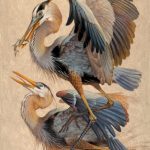
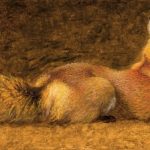
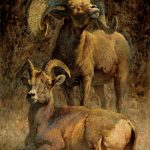
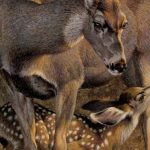
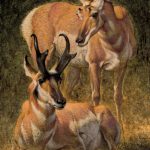
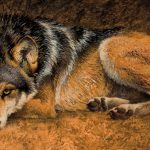
No Comments